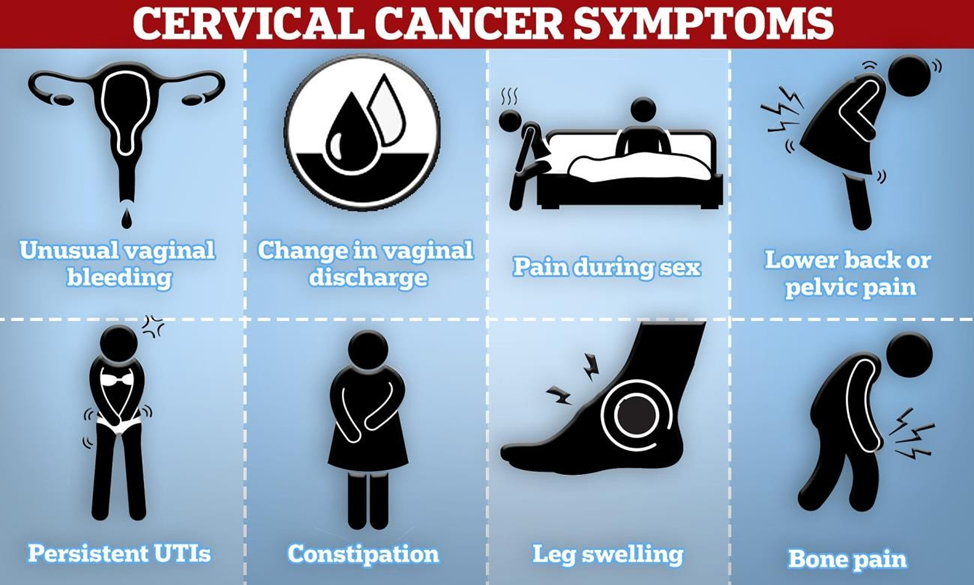A nurse is caring for a client who is 3 hr postoperative following a total knee arthroplasty. Which of the following actions should the nurse take to prevent venous thromboembolism?
Keep the client's knees in a flexed position while they are in bed.
Massage the client's legs every 4 hr while they are awake.
Encourage the client to perform circumduction of the feet.
Limit the client's fluid intake to 2,000 mL daily.
The Correct Answer is C
A) Keeping the client's knees in a flexed position, is incorrect because prolonged immobility and knee flexion can increase the risk of VTE by impeding venous return.
B) Massaging the client's legs, is not recommended as it may dislodge a potential clot that has formed, leading to a thromboembolic event.
C) This exercise can help promote blood circulation and prevent clot formation without exerting excessive pressure on the surgical site.
D) Adequate hydration is essential for preventing blood clots; dehydration can lead to hemoconcentration and increased risk of thrombosis.
Nursing Test Bank
Naxlex Comprehensive Predictor Exams
Related Questions
Correct Answer is D
Explanation
A. Frequent diarrhea is not typically associated with cervical cancer.
B. Urinary hesitancy is more commonly associated with prostate issues in males rather than cervical cancer in females.
C. Unexplained weight gain is not typically a symptom of cervical cancer.
D. Painless vaginal bleeding, especially after intercourse or between periods, can be a sign of cervical cancer. It's essential for individuals to seek medical evaluation if they experience any abnormal bleeding.

Correct Answer is A
Explanation
A) This response offers a solution by involving a social worker who can assist the client in exploring financial assistance programs or alternative medication options.
B) While contacting the pharmacy may be helpful, it does not guarantee a solution to the client's financial constraints.
C) Involving the occupational therapist for a home visit is not directly related to addressing the client's inability to afford medication.
D) Instructing the client to ask their provider to prescribe a cheaper medication puts the responsibility solely on the client and may not address the underlying issue effectively.
Whether you are a student looking to ace your exams or a practicing nurse seeking to enhance your expertise , our nursing education contents will empower you with the confidence and competence to make a difference in the lives of patients and become a respected leader in the healthcare field.
Visit Naxlex, invest in your future and unlock endless possibilities with our unparalleled nursing education contents today
Report Wrong Answer on the Current Question
Do you disagree with the answer? If yes, what is your expected answer? Explain.
Kindly be descriptive with the issue you are facing.
